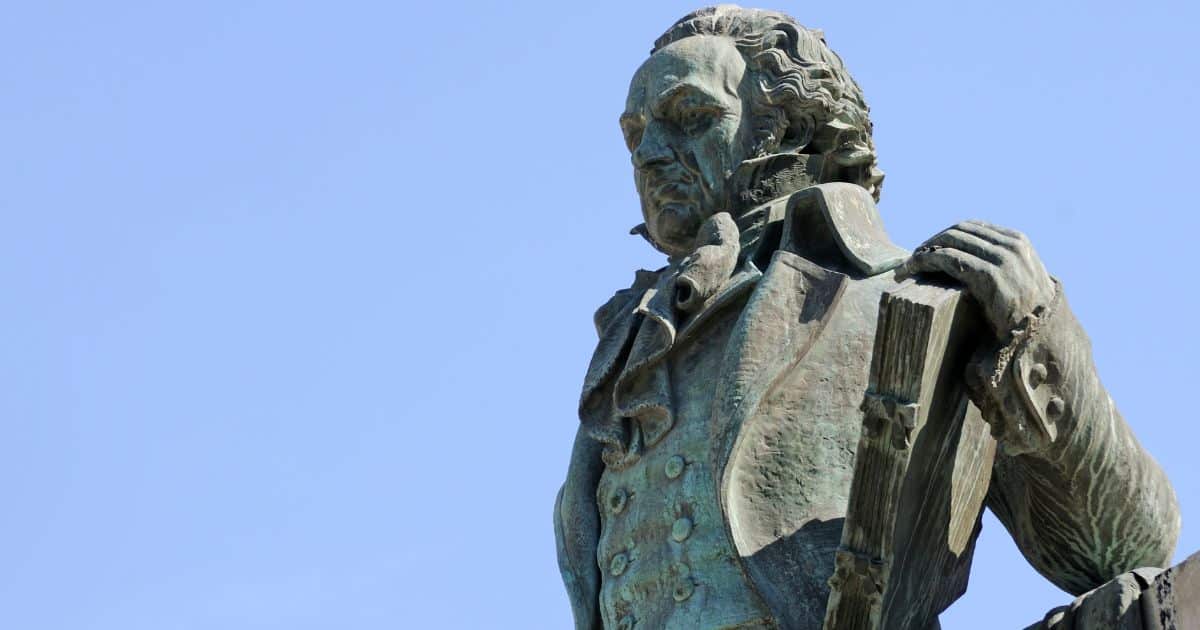In our previous discussion at Hearing International, we acquainted ourselves with Francisco Goya, the renowned Spanish painter often hailed as the “Father of Modern Art.” Goya’s journey was marked by a transition from a mischievous young boy to a dedicated artist, a transformation that took place from the late 1770s until his passing in 1828. His career began as a tapestry artist, and he later assumed positions as a painter in both the Spanish and Napoleonic French Courts. He also held a significant role as a member of the Royal Spanish Academy of Art.

Portrait of Marquesa de Pontejos. ca 1786
Goya’s artistic repertoire had two distinct facets. During his “bright” period, he created numerous portraits of royalty and scenes depicting Spanish and French life. However, a contrasting “dark” period emerged, characterized by nightmarish, gruesome, and grotesque works that stirred significant controversy.
At the age of forty-six in 1792, Goya fell seriously ill, succumbing to a mysterious ailment that left him incapacitated. His letters to close friends reveal that he experienced blurred vision, comas, partial paralysis, dizziness, and hearing loss as a result of this illness. Deafness became a part of his life, ushering in a period of introspection and withdrawal. Goya’s inner world became reliant on light, shadow, emotions, and a host of feelings and phantoms. His vitality was channeled entirely into his art, as he delved deeper into the realm of painting.
Possible Causes for the Deafness
Goya’s illness struck suddenly, reportedly following his attempts to repair a carriage axle in the rain and cold. This ailment persisted for nearly two years, during which time most of the symptoms gradually subsided, except for his deafness.
The cause of Goya’s deafness has been a subject of significant speculation. Several possibilities have been suggested, including syphilis, toxic lead poisoning, and the rare Vogt, Koyanagi, Harada Syndrome, which encompasses meningitis. Regarding the syphilis theory, Cawthorne (1962) points out that Goya’s youthful good looks and lifestyle choices may have put him at risk for the disease, as syphilis was often used as a diagnosis for unknown or mysterious illnesses during that era.
Another potential culprit is toxic lead poisoning. In Goya’s time, artists were unknowingly exposed to various hazardous substances while working with pigments, chemicals, fumes, dust, and heavy metals. The paints of the 18th, 19th, and early 20th centuries contained lead compounds, valued for their adhesive, drying, and covering properties, which posed a significant health risk.
Cawthorne (1962) also raises the possibility of Vogt, Koyanagi, Harada Syndrome, a rare condition with specific symptoms:
- Profound inflammation of the eye tissues, often leading to complete blindness, with eye inflammation usually being the initial symptom.
- Premature graying of the hair, occurring in 90% of cases.
- Skin depigmentation observed in about 50% of cases.
- Meningitis, an inflammation of the nervous system membranes, which can result in deafness in roughly half of those affected by the syndrome.
- VKH syndrome is more common among people of Mediterranean, Hispanic, or Asian descent.
Which is the true diagnosis?
Forensic physicians argue that if Goya’s illness had been syphilis, there would have been more pronounced signs of sickness and unusual behavior, given the disease’s broader impact on the cardiovascular and nervous systems, especially at a younger age.
Goya was renowned for his unconventional painting techniques, using brushes, trowels, rags, and even his hands vigorously to mix and apply paints. It’s likely that he absorbed toxins through his lungs, mouth, and skin, unknowingly poisoning himself. His habit of occasionally putting his paint-covered fingers in his mouth may have contributed to this. Several prominent artists have faced severe health issues related to their materials, and many historians concur that Goya, who mixed his own paints, could have suffered from severe lead poisoning.
Throughout his career, Goya experienced recurring episodes of this enigmatic ailment, forcing him to cease work temporarily. These breaks may have inadvertently saved his life as they allowed the lead levels in his bloodstream to decrease, albeit temporarily, before he resumed painting. White lead, linseed oil, and inorganic pigments constituted the fundamental components of paint, and there is no reason to believe that the “Father of Modern Art” was any less vulnerable to these toxins than Beethoven or Van Gogh.
Considering Goya’s Hispanic heritage and the presence of many VKH syndrome symptoms, it’s possible that his condition could be attributed to either toxic lead poisoning or VKH syndrome. VKH syndrome would account for the sudden onset of total deafness, whereas toxic deafness would likely involve a more gradual progression. If VKH syndrome were involved, it could explain the abrupt onset, the deafness, the recovery period, and the lingering effects on his hearing and balance.
 Why will we never really know?
Why will we never really know?
In 1898, there was an effort to bring Goya’s body back to Spain from Bordeaux. But when the body was exhumed, the head was missing, making it impossible to examine the temporal bones and other head and neck issues that would shed light on the cause of his deafness.
When Goya died, the study of Phrenology, which looks at various head shapes and bumps on the skull to determine traits, was popular. It is speculated that Goya’s head was stolen to study the bumps. Study of his temporal bones would have been substantially more fruitful.
About the author

Robert M. Traynor, Ed.D., is a hearing industry consultant, trainer, professor, conference speaker, practice manager and author. He has decades of experience teaching courses and training clinicians within the field of audiology with specific emphasis in hearing and tinnitus rehabilitation. He serves as Adjunct Faculty in Audiology at the University of Florida, University of Northern Colorado, University of Colorado and The University of Arkansas for Medical Sciences.
**this piece has been updated for clarity. It originally published on November 27, 2012







Very interesting discussion of Francisco Goya. As an oil painter, I am grateful to modern, safe oil paints and other painting materials! It seems likely Goya’s illness may have been lead poisoning. Perhaps he suffered from two of the illnesses described. Thankfully, Mr. Goya left us with many beautiful and dramatic works before his death.